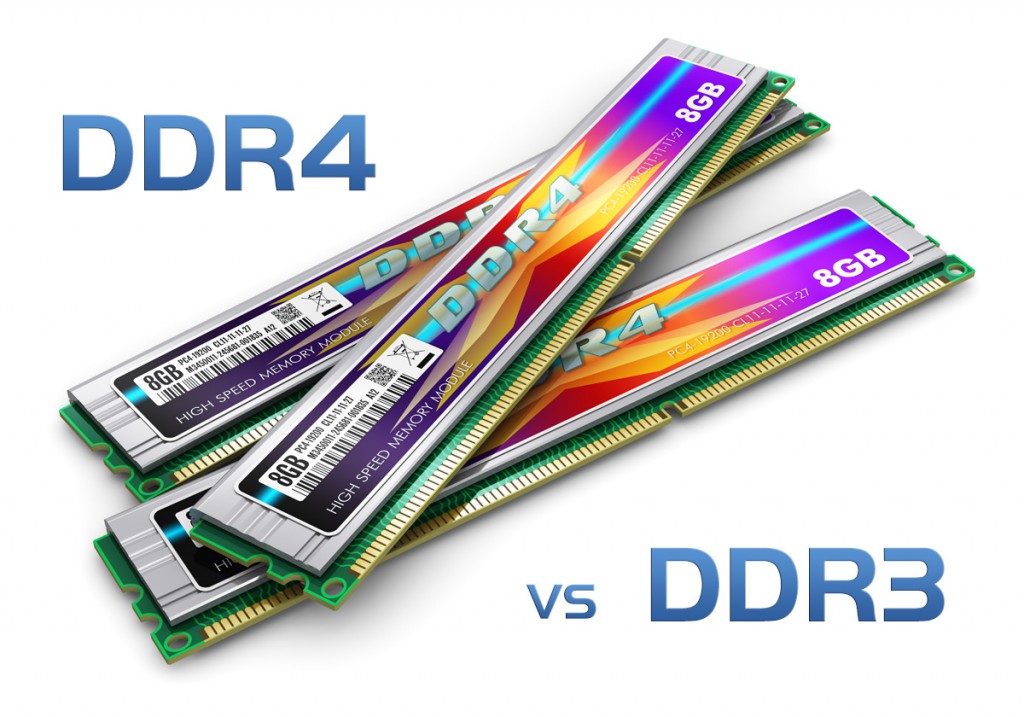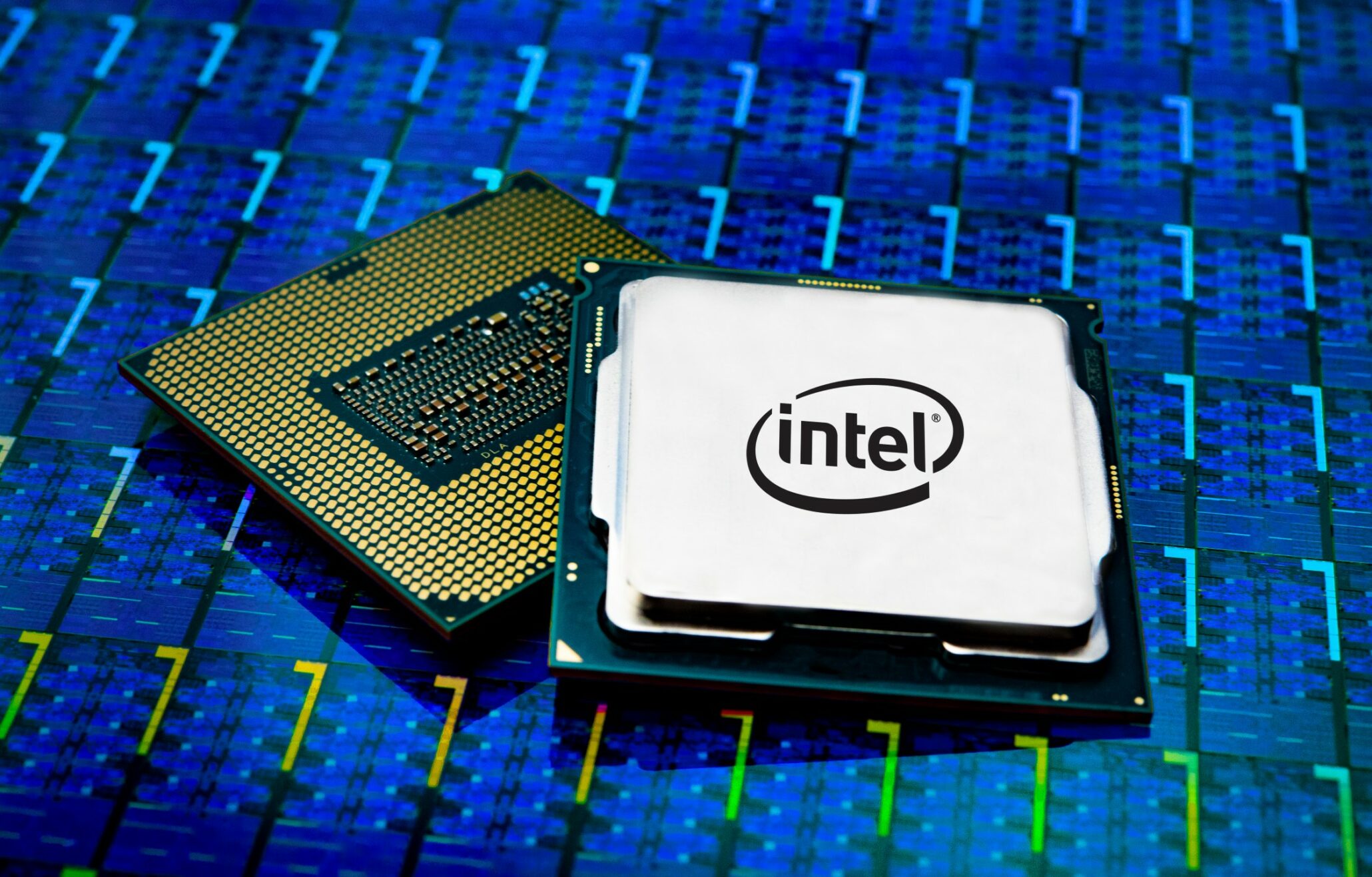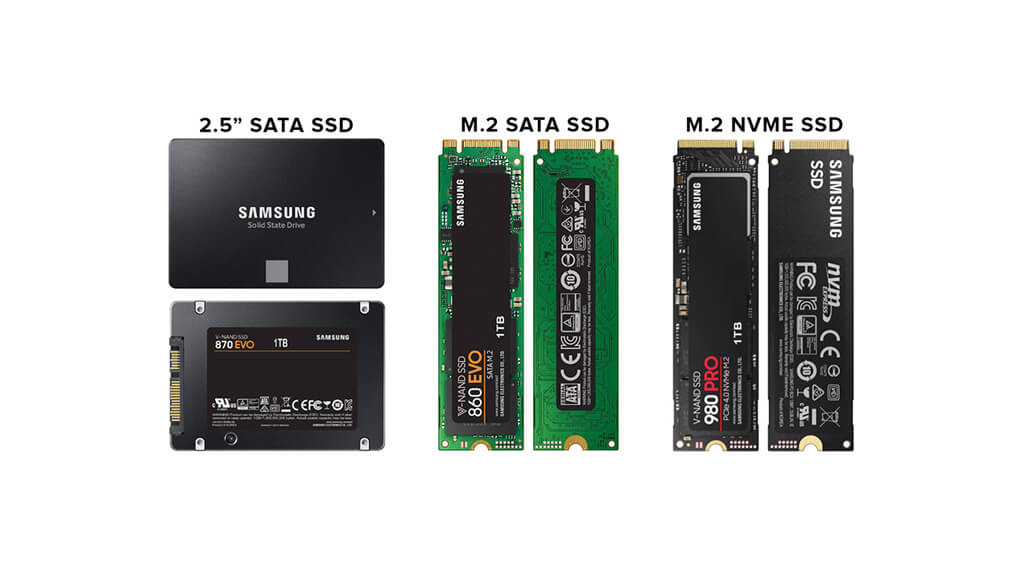DDR3 VS DDR4: MUST-KNOW DIFFERENCES AND BENEFITS
DDR3
vs DDR4: Must-Know Differences And Benefits
People
reading this probably already know what RAM is, but for those that don’t – and
to put it in its simplest form – RAM (Random Access Memory) is the physical
hardware inside your computer which temporarily stores information. The
information stored in the RAM can be written and read at any time and in any
order, meaning larger RAM will naturally have better performance when
processing data. Double Data Rate, also known as DDR, is an advanced version of
SDRAM (Synchronous Dynamic Random-Access Memory), a type of computer memory.
DDR-SDRAM can transfer data twice as fast as regular SDRAM chips. DDR memory
can send and receive signals twice per clock cycle. Now that we’ve understood
what DDR stands for, let's dive deeper into knowing more about DDR3 and DDR4.
What
is DDR3 ram?
DDR3
RAM is the 3rd iteration of what is now known as SDRAM (Synchronous Dynamic
Random Access Memory) and was previously thought of as the go-to RAM when
choosing memory for your gaming needs. Let’s look at some of the most important
features of DDR3 which makes it an ideal RAM for processing data:
Features
of DDR3:
The
following are the key characteristics of DDR3 SDRAM:
·
800 to 1600
MT/s data transmission rate (mega transfers per Second)
·
1.8 V is the
operating voltage.
·
Lowering the
standard for signalling prefetch with an 8x reduction in power
·
Improved
write signalling with a dynamic ODT
·
Levelling of
reading and writing
·
Calibration
of the driver
·
Reset the
device
·
Mirroring
DIMM addresses
·
The device
pinout has been improved
What
is a DDR4 ram?
Like
most new technology, DDR4 RAM comes equipped with a bunch of cool new features
and advancements over its predecessor. It offers much faster speeds, more
capacity, and better build quality overall. Since the announcement of DDR4 in
2014, we’ve seen a rapid reduction in DDR3 sales across the board.
Features
of DDR4:
·
The following
are some of the essential characteristics of DDR4 SDRAM:
·
The standard
of signalling is lower.
·
Eight times
power reduction prefetch
·
Improved
write signalling with dynamic ODT
·
Levelling of
Reading and Writing
·
Device for
driver calibration Mirroring of DIMM addresses is reset.
·
The device
pinout has been improved.
·
The data
transfer rate ranges from 2133 to 3200 MT/s.
With
that in mind, let’s take a closer look at some of the more intricate
differences between the two RAM modules.
How
does DDR3 differ from DDR4 ram?
The
first and most obvious difference between DDR3 and DDR4 RAM is found within the
pin nodules. DDR3, when introduced back in 2007, came to the table with a 240
pin nodule which was designed for older generation motherboards. However, when
DDR4 arrived (7 years later), it no longer made use of the same 240 pin module.
Developers opted for a larger pin nodule of 288, which can clearly be seen when
comparing DDR3 vs DDR4 RAM:
|
DDR3 |
DDR4 |
|
DDR3
is less expensive than DDR4. |
While
it is more expensive than DDR3, it is worth it. |
|
To
update the content of DDR3, auto-refresh and self-refresh are used. |
While
only self-refresh is used to update the material in DDR4, only self-refresh
is used in DDR4. |
|
DDR3
uses less energy than DDR2, although it uses more than DDR4. |
DDR4
uses less power than DDR3 and is, therefore, more energy-efficient. |
|
DDR3
is somewhat slower than DDR4 in terms of speed. |
DDR4
is the fastest and doesn’t need any extra cooling requirements. |
|
DDR3
memory has a maximum capacity of 16 GB. |
DDR4
has a maximum capacity of 64 GB. |
|
DDR3
has clock speeds ranging from 800 MHz to 2133 MHz. |
DDR4
has no set maximum clock speed and its clock speed starts from 2133 MHz. |
|
The
latency of DDR3 RAM has a CAS delay of 9 or 10 milliseconds |
DDR4
RAM has a CAS latency of at least 15 milliseconds. |
|
Previously,
DDR3 was used in computer systems. |
DDR4
is currently widely utilised in computer systems. |
What
are the advantages of DDR4 over DDR3 ram?
DDR3
and DDR4 are the most current types of RAM modules, which include lower power
consumption, faster data transfer rates, and improved performance. Let's look
at some additional distinctions between DDR4 and DDR3, as well as how DDR4 is
better than DDR3:
1. Reduced power:
DDR4
modules are more energy-efficient than DDR3 modules, which operate at 1.5V or
1.35V. The lower power usage saves money and allows you to run at faster speeds
without having to worry about running out of electricity or cooling. Additionally,
you can also buy power supply units or cooling devices but that is
not really required as DDR4 SDRAM has a lower operating voltage (1.2V) and a
faster transfer rate than DDR3 SDRAM. DDR4 has a transfer rate of 2133 3200
MT/s.
2. Increased module density:
A
DIMM, which stands for the Dual In-line Memory Module, is a tiny circuit board
with connections that link it to the computer motherboard and includes one or
more random access memory (RAM) chips. DIMM densities start at 2 GB and go up
to 128 GB, which is a significant improvement over DDR3's 512 MB to 32 GB
capacities.
3. Increased data transmission rates:
The
newest DDR4 modules from ATP for embedded and industrial applications offer
data transmission speeds of up to 3200 MT/s. DDR4-3200, ATP's latest industrial
DDR4 product, transports data 70% quicker than DDR3-1866, one of the fastest
DDR3 versions available, resulting in a significant increase in potential peak
performance.
4. Larger DIMM capabilities:
Larger
DIMM Capabilities will make it easier to perform more complex workloads. When
compared to DDR3 RAM, the chip densities of DDR4 RAM are greater. DDR3 has chip
densities ranging from 512 MB to 8 GB, whereas DDR4 has chip densities ranging
from 4GB to 16GB. The bigger the number of memory modules on the motherboard,
the better the system's ability to accomplish difficult tasks.
5. Expandable capabilities of the memory:
The
memory module's extensible capabilities will expand numerous possibilities.
DDR4 memory modules enable the addition of more processors to the system's
current CPUs, improving computing efficiency and extending battery life. When
very memory-intensive applications are run on the system, more hardware can be
installed; however, DDR3 does not support such circumstances.
6. Refresh Algorithm:
The
refresh interval time is determined by the kind of DRAM and the operating
temperature. DRAM becomes unavailable to service memory demands while it is
being refreshed. As a result, by delaying in-flight memory accesses, refresh
latency severely reduces system performance.
7. Latency in DDR:
DDR3
RAM has a CAS delay of 9 or 10 milliseconds, whereas DDR4 RAM has a CAS latency
of at least 15 milliseconds. The newer standard, on the other hand, provides
greater overall performance due to its quicker clock rates.
Can
DDR3 and DDR4 work together?
Because
DDR3 and DDR4 are physically different, DDR3 will not fit in your motherboard
and vice versa. The quick answer is no; you will not be able to do so. Even if
you manage to install both types of RAM, your CPU will only accept one of them,
and the other will either prevent you from booting or simply sit there doing
nothing (most likely the first).
DDR3
or DDR4: Which one should I choose?
Upgrading
your system with DDR3 or DDR4 RAM is mostly dependent on the additional gear
you're now using and intend to utilise in the future. Ultimately, the question
of DDR3 vs DDR4 will come down to your choice of CPU and motherboard. And even
though DDR4 does cost a bit more than DDR3, it's the better choice for any new
PC.










